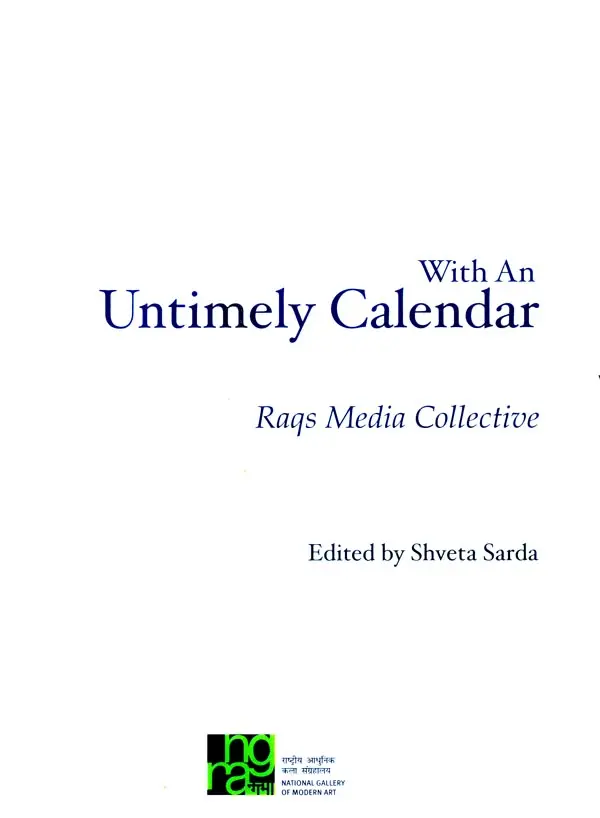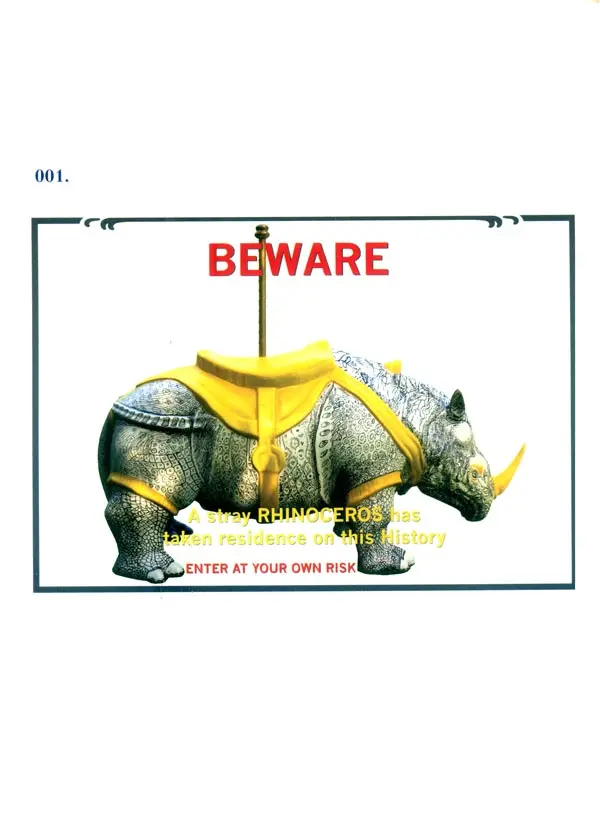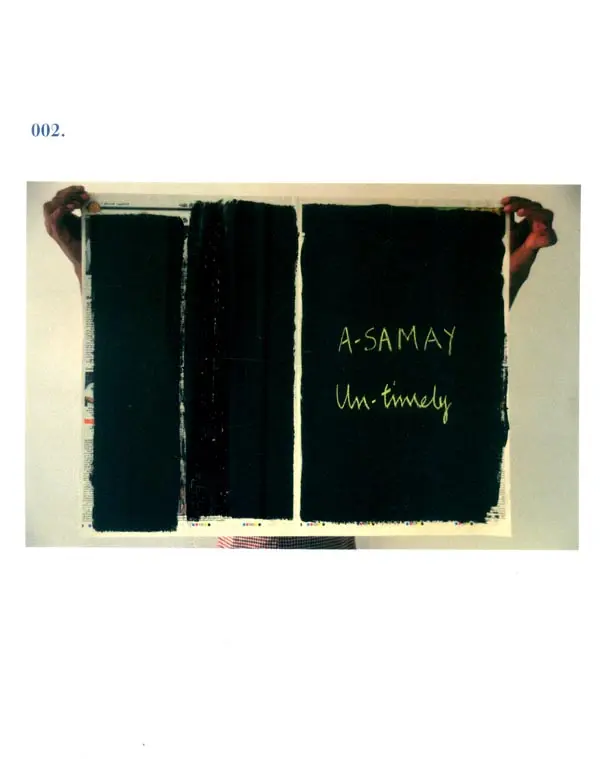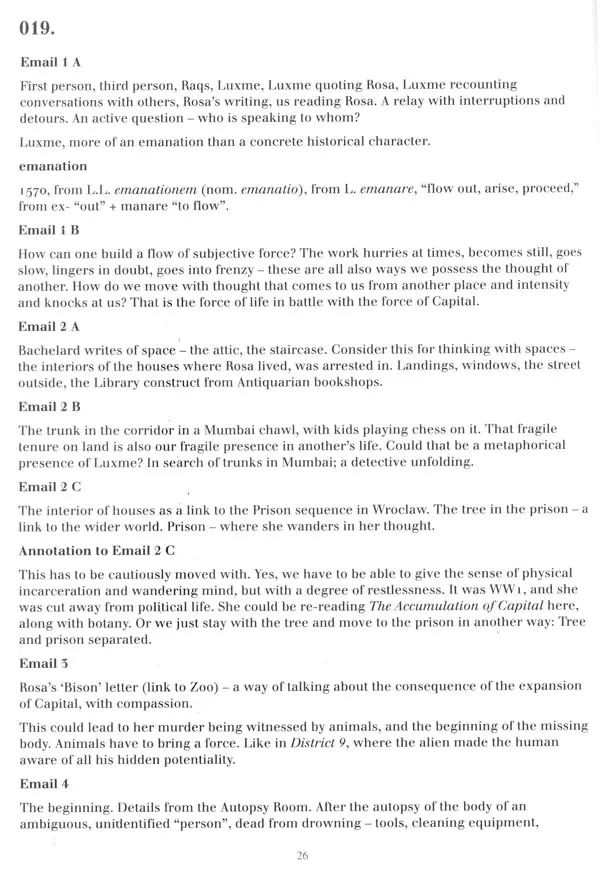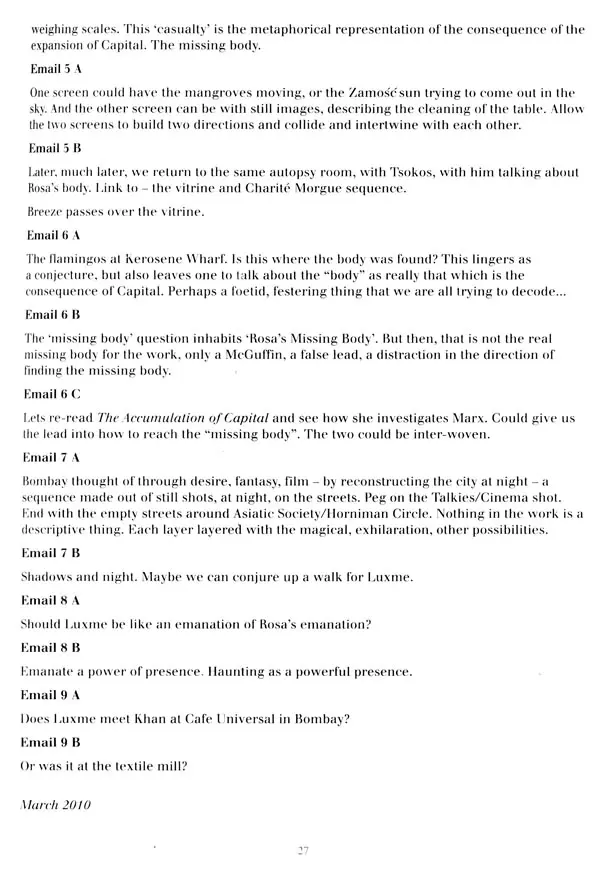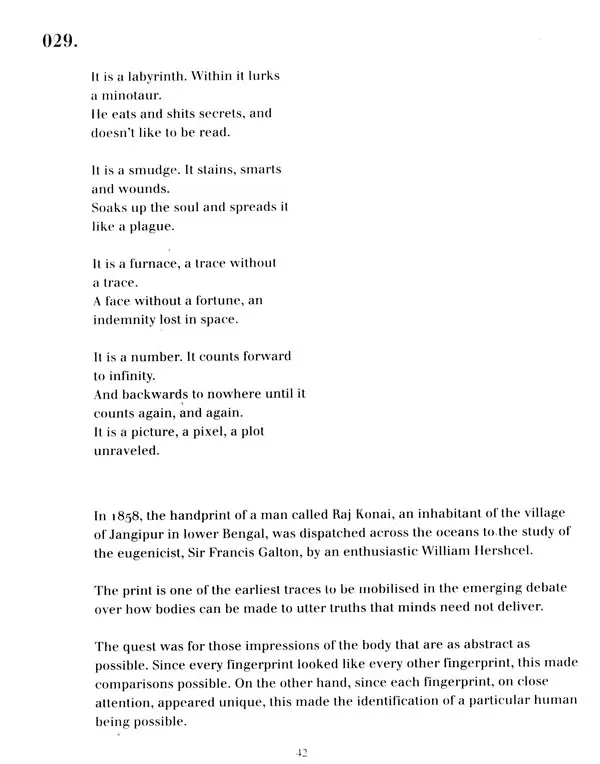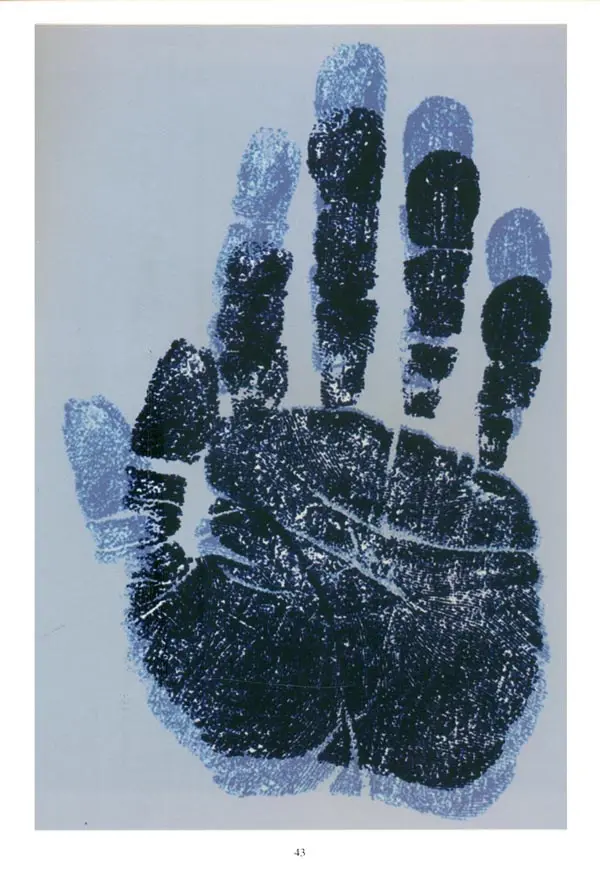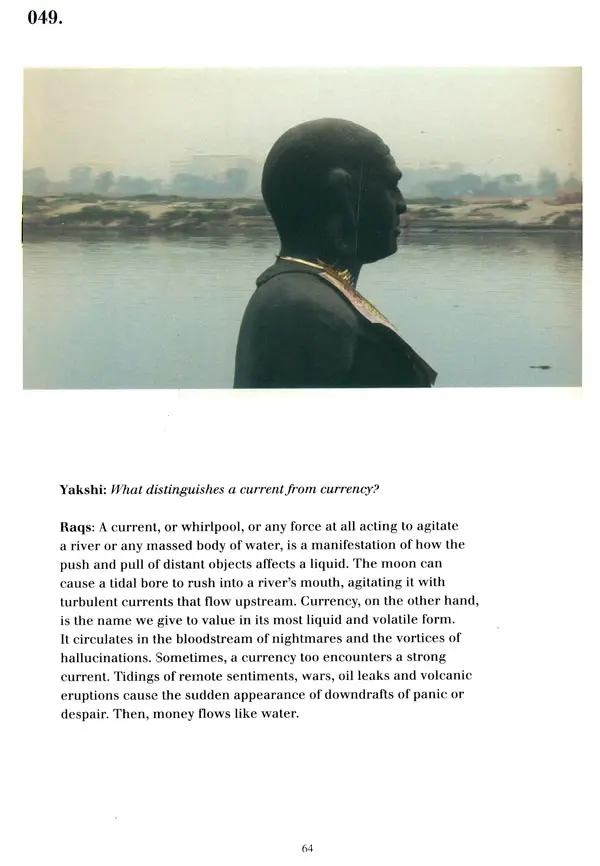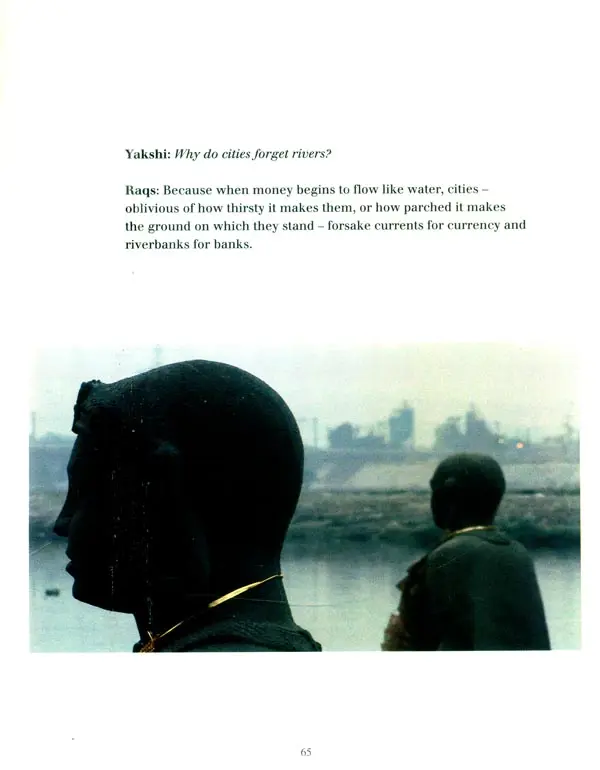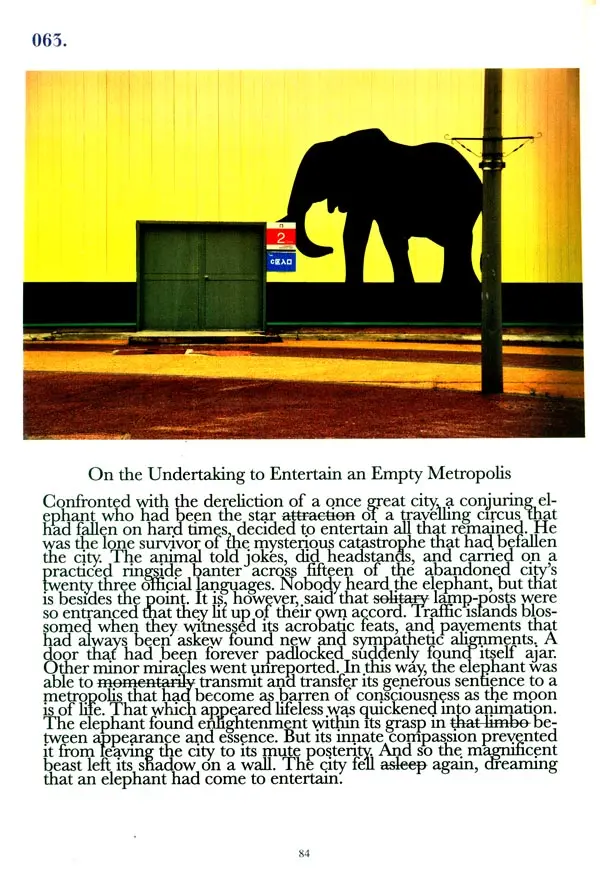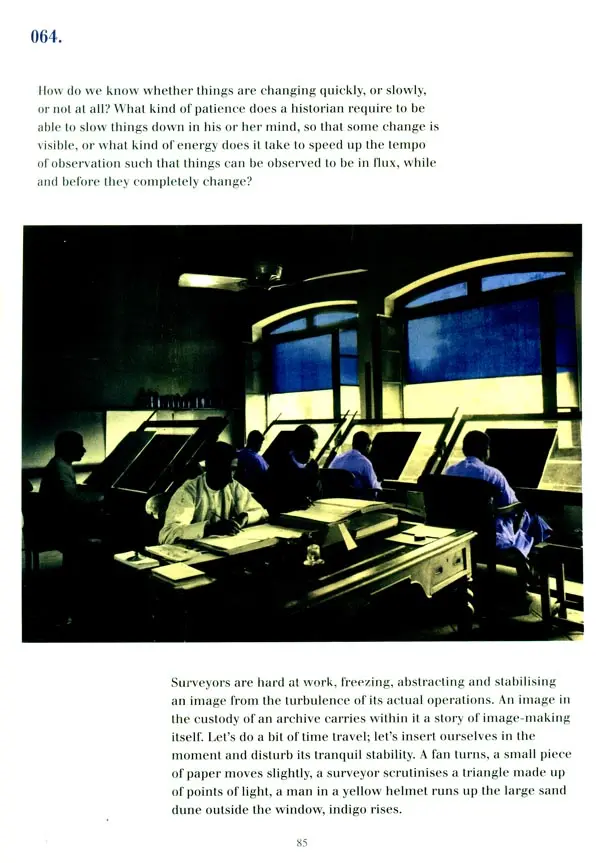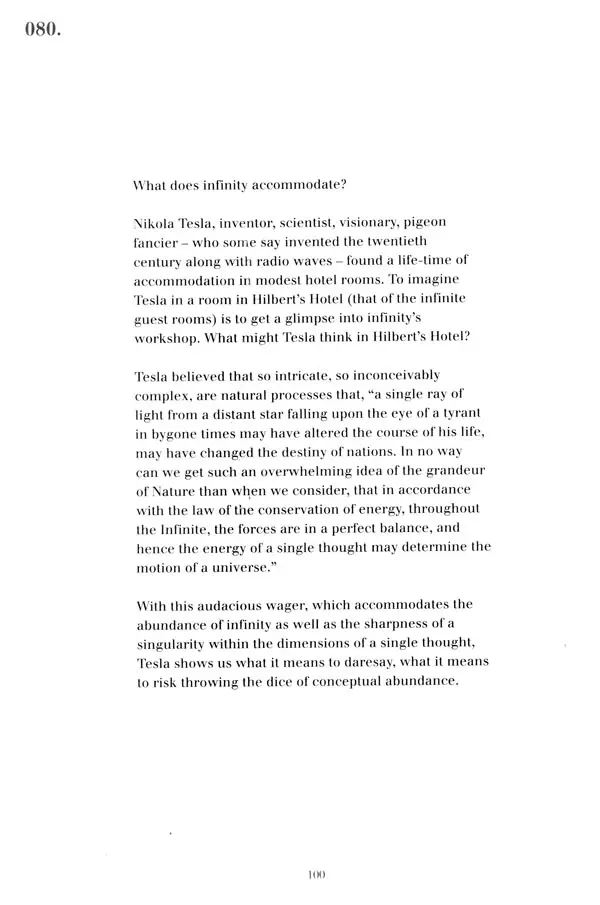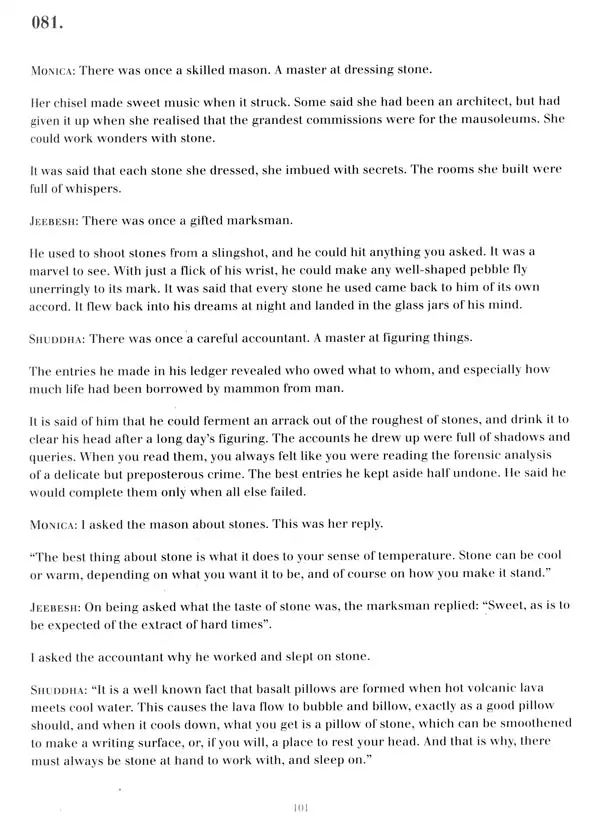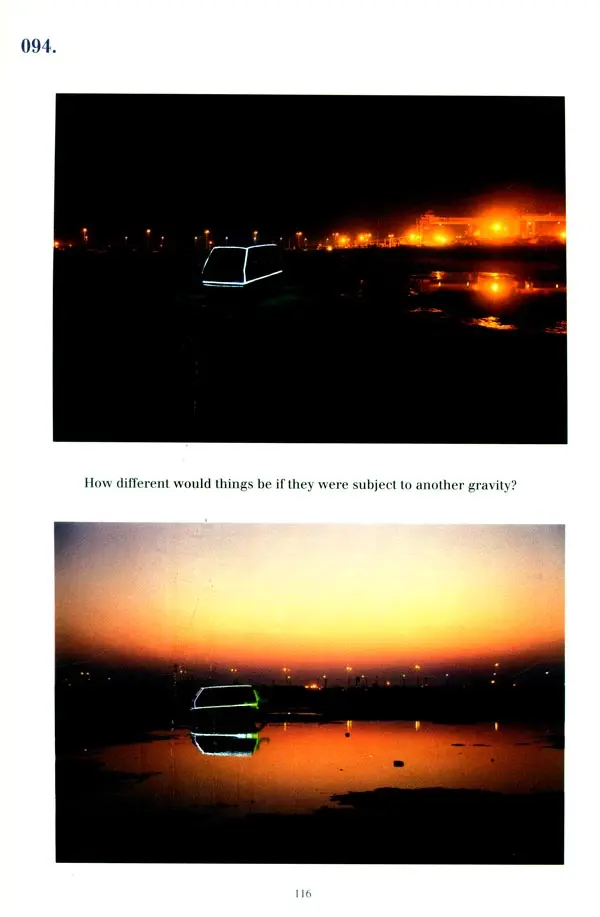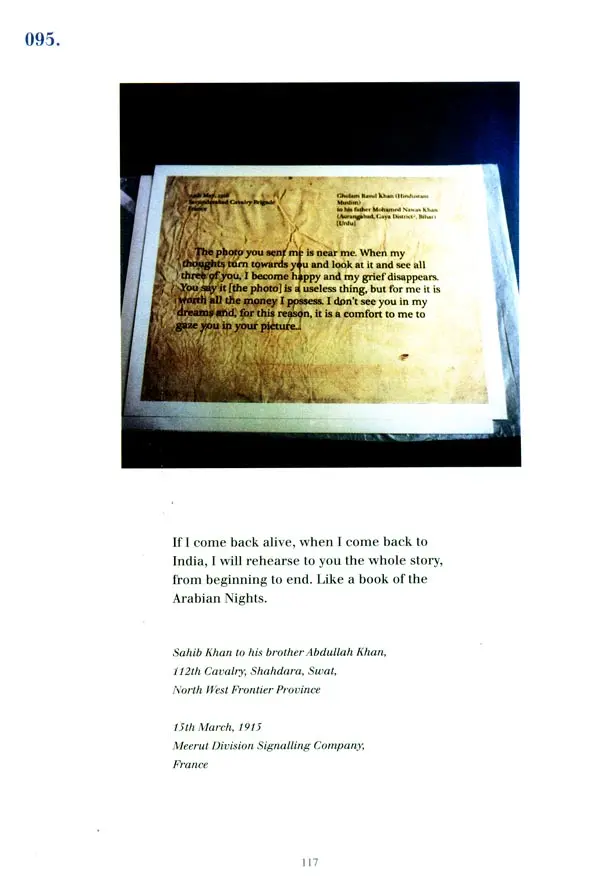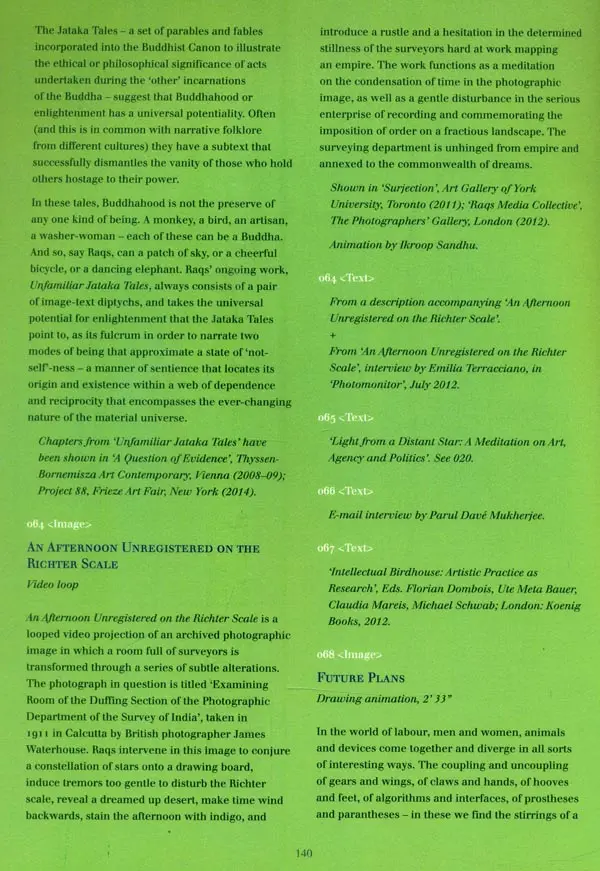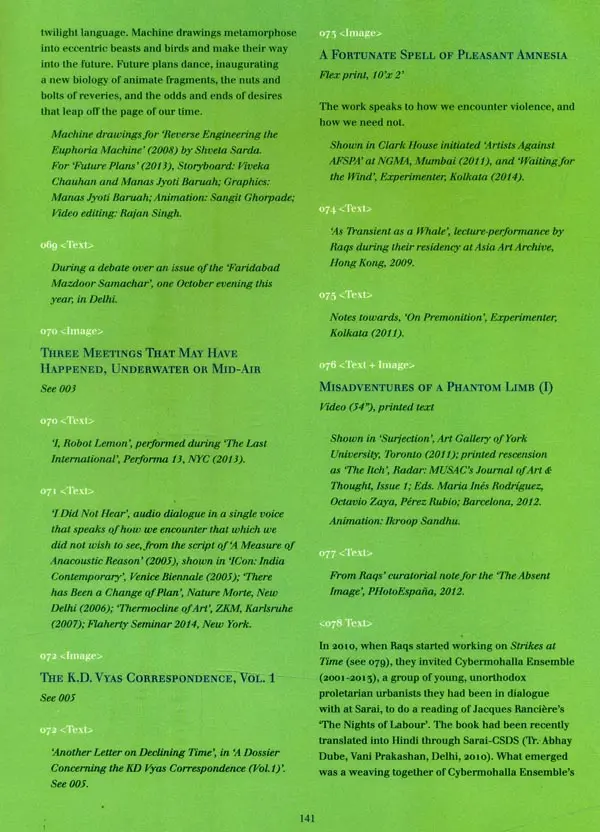
With An Untimely Calendar- Raqs Media Collective
Book Specification
| Item Code: | UAH406 |
| Author: | Shveta Sarda |
| Publisher: | National Gallery of Modern Art |
| Language: | English |
| Edition: | 2014 |
| Pages: | 148 (Throughout B/w and Color Illustrations) |
| Cover: | HARDCOVER |
| Other Details | 10.00 X 7.00 inch |
| Weight | 700 gm |
Book Description
An asamayavali is, by definition, un-retrospective. What Untimely Calendar, the exhibition, offers is a working mill of ideas that face the future and a way, of reading contemporaneity; polyphony on the question of 'how to be with tittle’? "With an Untimely Calendar" is a companion to the exhibition, and, in its own way, an asamayavali.
RADS MEDIA Collectives
Enjoys playing a plurality () I’ roles, often appearing as artists, occasionally as curators, and sometimes as philosophical agent provocateurs. They create installations, make videos, photographs, print and online works, play with archival traces, make exhibitions and art interventions in public spaces, write essays, elicit lecture-performances, engage with pedagogical procedures, edit hooks, design events, and foster collaborations. They have worked with architects, scholars, coders, writers, designers, translators, performers, artists, curators and theatre directors, and founded processes that have become an influential force in contemporary intellectual and cultural life.
Rags have exhibited widely, including at Documental, the Venice, Istanbul, Taipei, Liverpool, Shanghai, Sydney and Sao Paulo Biennales. They have had solo shows in museums, and educational and independent art spaces, in Boston, Brussels, Madrid, Delhi, Shanghai, London, New York, Toronto, among others. Works by Rags are part of several contemporary art collections and museums, and their essays have been published in numerous anthologies. Rags curate Rest of Now, Manifesta 7 (Bolzano, 2008), Sarai Reader 09 (Gurgaon, 2012-13) and INSERT2o4 (Delhi, 2014).
In 2000, Rags co-founded the Sarai initiative at the Centre for the Study of Developing Societies in Delhi, and the Sarai Reader Series, which they edited till 2013. They have been invited to teach • in many institutions and self-organized initiatives. Rags received the Multitude Art Prize in 2013.
Monica Narula, Shuddhabrata Sengupta, and Jeebesh Bagehi formed Rags in 1992, after they passed out of the AJK Mass Communication and Research Center, Jamia Milia University, while working together on their first, now lost, 16mm film, "Ilalf the Night Left, and the Universe to Comprehend". SIIVETA SARDA is an editor and translator based in Delhi. In "With an Untimely Calendar", she reads through the Rags archive to sculpt a figure of kinetic contemplation through a look entries.
This exhibition is a turning point in the NGMA's engagement with a new set of creative idioms in contemporary art. Media rich, concept driven, formally multi-faceted, playful, urgent, replete with philosophical density - this is the kind of art that addresses all our faculties - intellectual, emotional and sensory. A visitor to this exhibition is invited to be a witness, to see himself and herself become a protagonist in a rich field of ideas, dream-like images, of 'luminous wills'.
Raqs Media Collective is one of the most significant artist practices working in our times. Their practice was founded in 1992 after its three members, Monica Narula, Jeebesh Bagchi and Shuddhabrata Sengupta, graduated from the AJ Kidwai Mass Communication Resarch Centre, Jamia Millia Islamic. It was here, while I was trying to engage these film-mad young people into the non-verbal world of visual communication that I first came across their curiosity. Whatever artistic adventures or misadventures they may have undertaken since then, I can happily claim my share of responsibility for ensuring that they never ventured up the straight and narrow path, and have let the rich garden of their curiosities grow with all manner of wild flowers, interestingly acknowledged in our times.
In the last twenty-two years, Raqs have played many roles (like the Bahurupias they are fond of referencing in their work) - as artists who have shown in the most prestigious international biennales and museums. As curators - who have brought their unique curatorial signatures to bear on artistic practice: in India as well as in Europe. And as active interlocutors to an entire new generation of artists, intellectuals and activists.
It is difficult to encompass the wide variety of their practices which range from video to installation to performance and technologically laden image-text assemblages. However, what shines through will their work is a commitment to an artistic sensibility that is thoughtful, questioning and sensitive to the most delicate nuances and dichotomies of our times.
Time - how to survive it and how to embrace what Raqs call the 'untimely'- is central to this show. Raqs' practice is founded on a careful consideration of what duration means, of time's passage and urgency, of what it means to live at different speeds, in and out of time. They approach this question not just with artistic acuity, but also with humor, ethical immediacy and with philosophical depth. They move with ease between the history and international legacy of radical movements in the twentieth century, and shadows in the fabric of the Mahabharata. Walking through 'Asmayavali Untimely Calendar', and browsing through this publication that accompanies it, will feel like a journey through stories, dreams, puzzles and enigmas. The viewer/readerllistenerlrasik will encounter animals, machines, time-pieces, specters, and things that unmake and reassemble all that we take for granted.
This exhibition is part of the ongoing series of solo exhibitions at the GMA, ew Delhi, and supporting contemporary -art from India. I would also like to thank the Advisory Committee, GMA, New Delhi, for their unstinted support. There has been unprecedented international interest in this show, and we can truly say that with this exhibition, in terms of the technical, artistic and curatorial challenges that it presents, the NGMA stands at par with the best institutions anywhere in the world.
Book's Contents and Sample Pages
